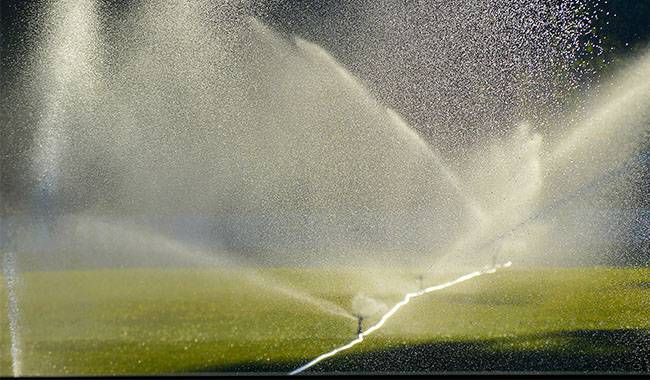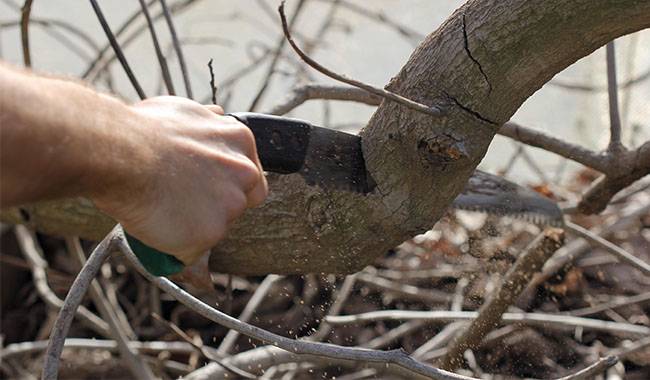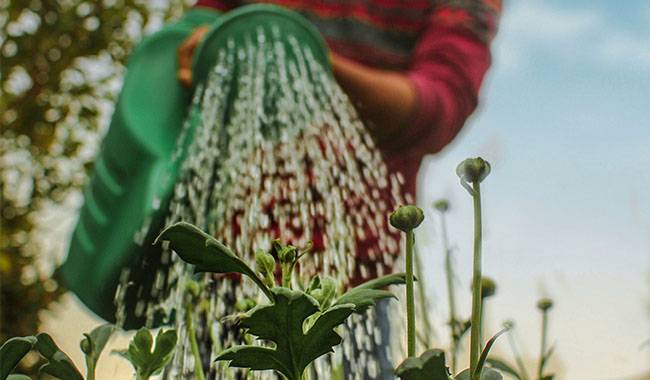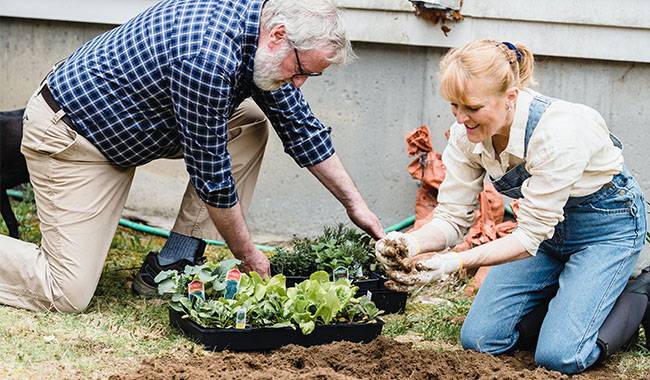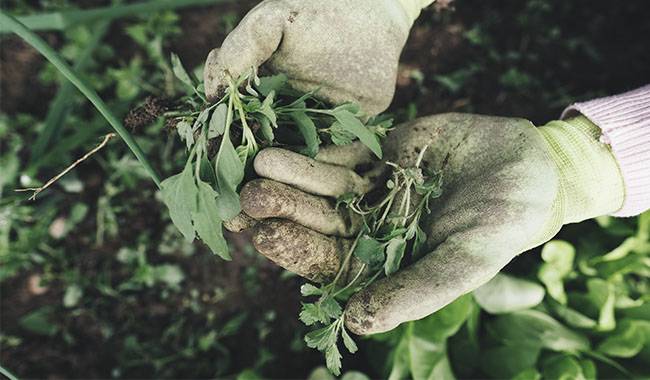
What do we know about weeds? They are our enemy! They clog flower beds, prevent crops from growing properly, prevent us from harvesting, and ruin the appearance of gardens, vegetable gardens, flower beds, and our nerves. But maybe we don’t need to fight them? Why not just let them grow? But no! Weeds are indeed unwelcome guests in our gardens, and they can be much more harmful than they appear at first glance. According to some studies, weeds cause more damage to cultivated plants than disease, insects, and hail combined. What are the dangers of introducing weeds into cultivated plants and what are the consequences of weed overgrowth? Let’s wait and see! You will learn 5 Tips for Cleaning Weeds in Your Garden in the ThumbGarden article.
Clearing weeds – Cultivated Plants’ Competitors in Terms of Nutrition, Water, and Light
Weeds are the first and foremost competitors of cultivated plants in terms of nutrition. No matter how much fertilizer we apply to the bed, if weeds grow on it, the crop will get far less nutrients than they could. This is because these “uninvited guests” can absorb 20-50% more nutrients than cultivated plants. And certain weeds, such as creepers, absorb 2-5 times more nutrients from the soil than any crop, thus severely depressing our crops.
In addition, weeds are competitors for sunlight. Due to their high growth potential, over or just competing with the crop, they shade the crop with their stems and leaves. Shaded cultivated plants often exhibit mechanical tissue underdevelopment and lodging. Carbon dioxide assimilation (oxygen and carbon uptake) and consequent reduction in organic matter accumulation. Poorer quality of fruits (including less sugar and lower starch content), especially in combination with lack of light and lack of nutrients.
Another disadvantage of the presence of weeds in cultivated crops is the shading of the soil. As the soil is covered by weeds, its temperature drops by 34-41 °F (1-5 °C), which in turn slows down the activity of the soil biota, which is responsible for processing soil organic matter into plant-available nutrients.
Cultivated and weedy plants also compete when it comes to soil water depletion. Some weeds, such as blue cornflower, can consume 1.5 to 2 times more water than weeded crops due to their root systems. As a result, the cultivated plants we grow are not only not getting water, but also not getting nutrients, because it is in the dissolved form that nutrients enter their tissues.
Therefore, if weeds are not treated, they reduce the quality and quantity of our crops. An average weed infestation can reduce yields by 20-25% and a severe infestation can reduce yields by 50-70%, sometimes even 100%.
Sources of Disease and Pests
Another problem exacerbated by weeds is the spread and accumulation of plant diseases and pests. For example, couchgrass is an intermediate host for yellow rust, stem rust, and crown rust of cereals. Shepherd’s purse, wild radish, and common bittercress are hosts for white mold, cabbage wilt, and powdery mildew. Beargrass is a major food plant for potato moth and Colorado potato beetle, and a breeding ground for viral diseases of potato and tomato.
Weeds Make It Difficult to Care for Our Plants
In addition to weeds overwhelming cultivated plants in terms of nutrients, water, and sunlight, they also make it difficult to care for plants. For example, climbing weeds such as field snail and buckwheat wrap their stems around agricultural plants, causing them to fall over and making weeding, loosening rows, and harvesting more difficult. Parasitic weeds, such as codling moths, also feed on the photosynthetic products of their hosts, depleting them and killing them.
Hazards to Allergy Sufferers and Pets
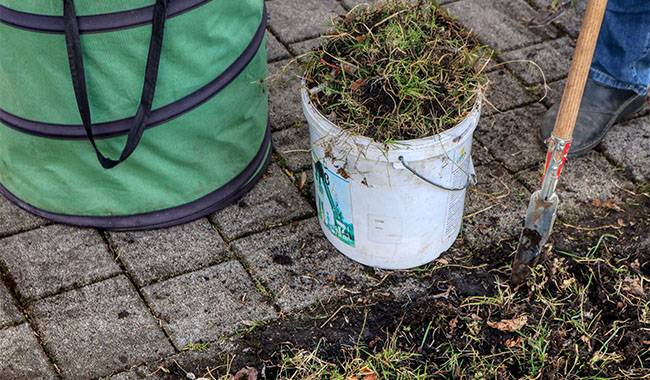
There are over 1,000 species of weeds in the United States, with only 20-30 common weeds. And not all of them suppress only cultivated crops. For example, ragweed, mugwort, ladderwort, and wild hemp can all cause allergic diseases in humans. For example, buttercup yellow and caustic, wood thistle, spiny and common cocklebur, cabbage, straight plantain, swamp cowslip – about 400 weeds can endanger domestic animals.
Weeds Can’t Be Killed!
So, why do humans fight weeds but can’t get rid of them? Because weeds have some biological characteristics that allow them to spread rapidly, adapt to different environmental conditions, and compete with cultivated plants.
- Weeds are very prolific. If a bush of wheat can provide about 100-150 seeds, a single flower of dandelion forms more than 200 seeds, a field snail – from 500 to 10 thousand seeds, creeping grass – up to 10 thousand, pink sedge – up to 40 thousand, white crane grass – up to 500 thousand. Many plants reproduce not only by seeds but also asexually. For example, couch grass, field horsetail, hogweed, awnless mallow, and sorghum Aleppo rapidly occupy the territory due to their rhizomes. Root weeds, such as field sow thistle, field creeper, field thistle, creeper, and Morrocan, are unabashedly vicious weeds.
- They possess amazing seed and fruit survival rates. For example, hogweed seeds germinate for up to 10 years, creeping sedge – for up to 12 years, pink sedge – for up to 20 years, and creeping sedge – for up to 50 years.
- Most weeds have special devices for spreading on their seeds – flies, prickles, spines, anchors, awns, and bristles. Thus, dandelion, goat thistle, and goat thistle are spread with the help of flies. Some weeds spread with the help of creeping worms, such as wild carrot, bellflower, cleaver broom, burdock, and cocklebur. The seeds of some weeds are so small that they can be easily carried by the wind without any device.
- Seed maturation and germination are not the same. In the case of white marigolds, for example, the seeds are divided into three groups. The first group consists of large brown seeds that germinated in the fall of the year the plant was fertilized. The second group consists of small brown seeds. They germinate only after stratification, that is, in the second year of weed fertilization. And the third group is small black seeds. These do not germinate until the third year. The same is true for Galinzoga (Gallant soldier), whose seeds germinate immediately as soon as they fall on the soil, while others germinate gradually, taking 5-8 years.
- They have absolutely no requirements for their growing conditions. While cultivated plants need care, weeds have the ability to replace their competitors and have access to everything they need to live. They are usually frosted tolerant – field broom flowers will bloom even if it snows in the yard. Drought tolerant – mugwort and yarrow. They can grow in any type of soil and adapt easily to environmental changes.




